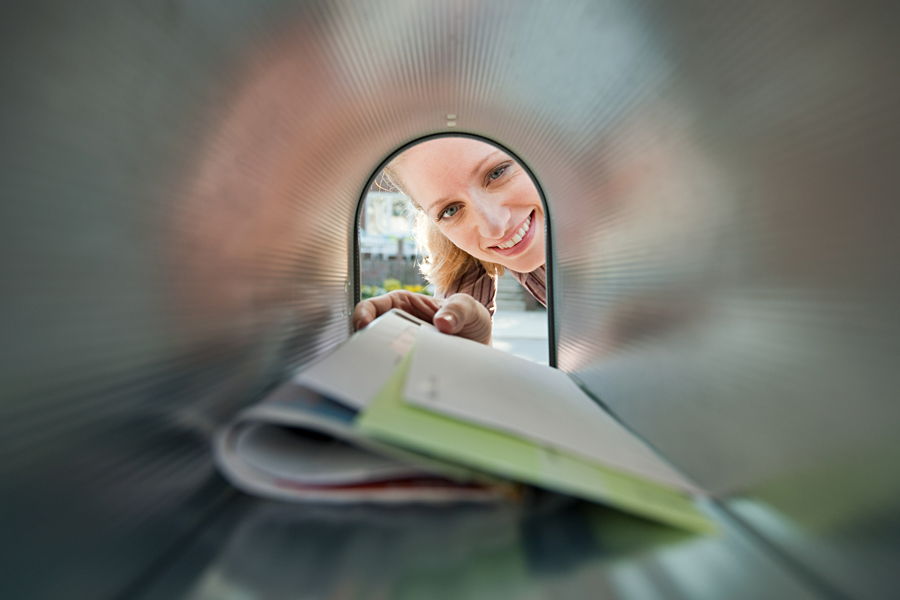You know a lot about stamps, but isn’t it time envelopes got a little love? Here are six facts, courtesy of “The list.”
1. First covers. Before the 1840s, postage was based partly on the number of letter sheets used. To save money, people rarely used envelopes — they folded their letters so the outside was blank and sealed them with wax or an adhesive wafer.
2. Got gum? “Gumming” is the practice of applying a moisture-activated adhesive to the envelope seal flap.
3. Got paper? During a Civil War-era paper shortage, envelopes in the South were created from wallpaper, old book pages and even official notices.
4. Early envelopes. Envelope usage increased after 1845, when postage rates fell and letters were rated by weight rather than number of sheets. Early envelopes were cut from paper sheets using a tin template, then folded into the proper shape with side flaps sealed by hand.
5. Seeing colors. Before the advent of “corner cards” — the return address and sender information found in an envelope’s left-hand corner — businesses and banks often selected a particular color to identify their envelopes from others.
6. Counting calories. Gum arabic, a substance commonly used as the sticky adhesive in stamps and envelopes, has about 1.7 calories per gram, or 0.1 calories per lick.
The National Postal Museum and Tedium sites have more information about envelopes. Got ideas for future editions of “The list”? Email them to uspslink@usps.gov.
